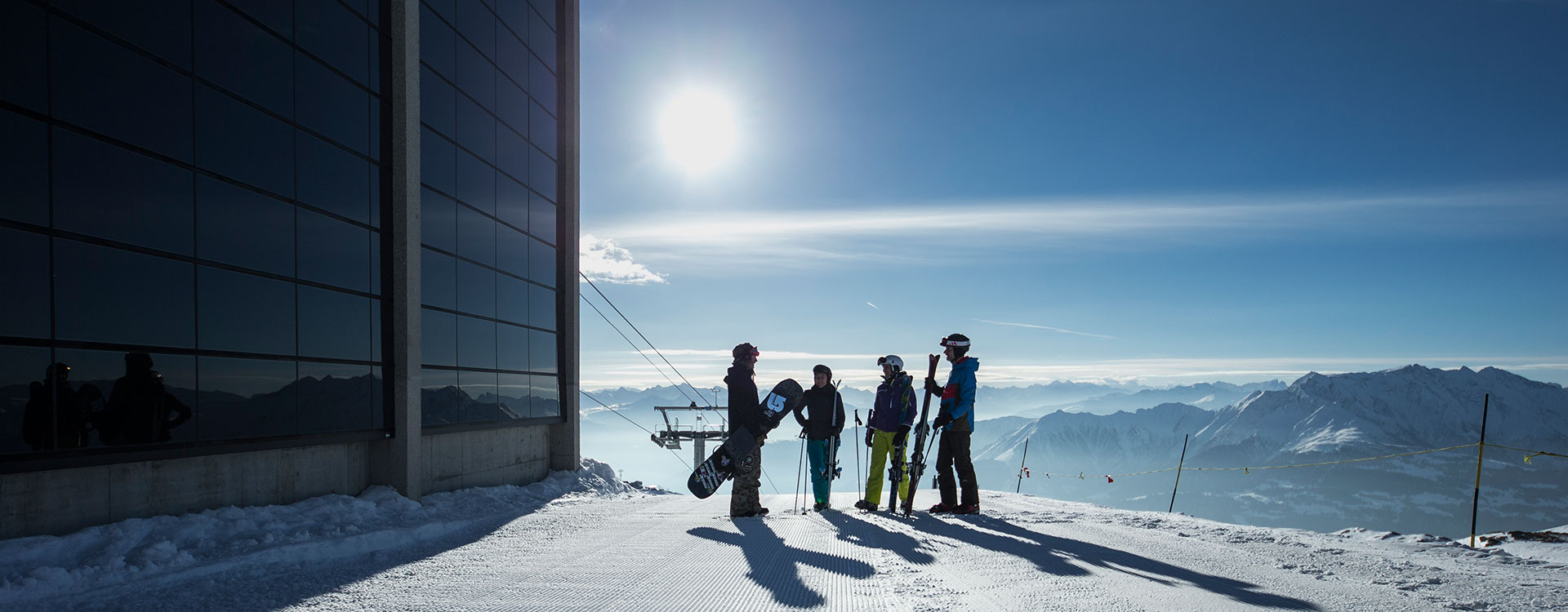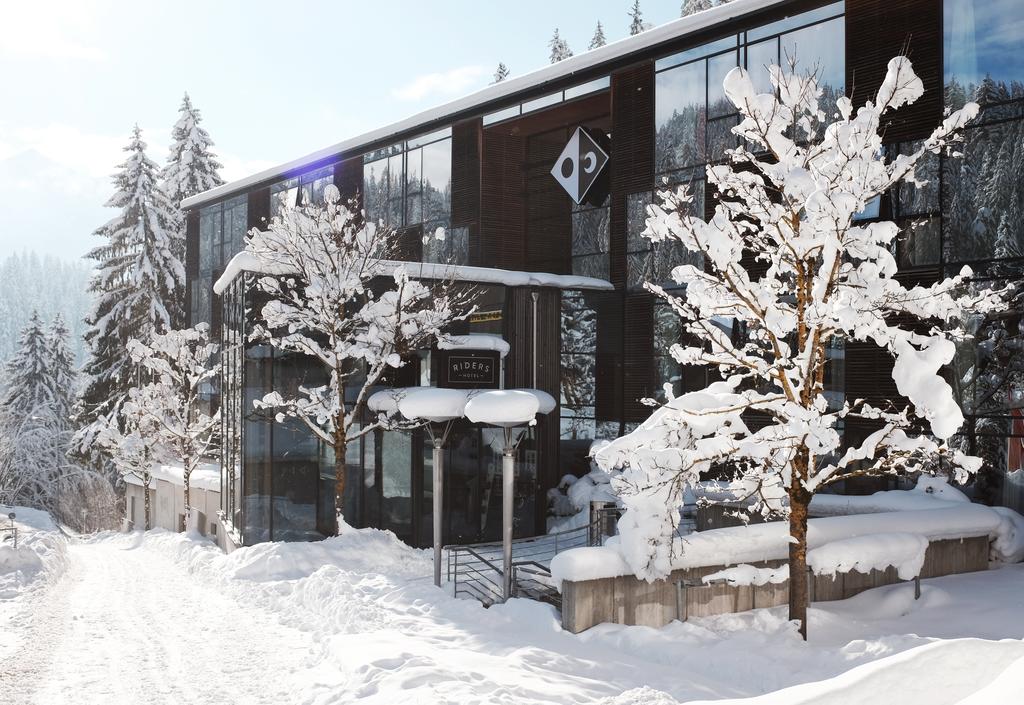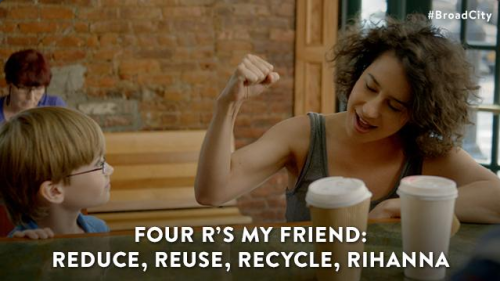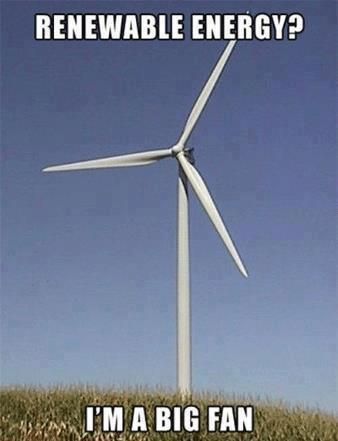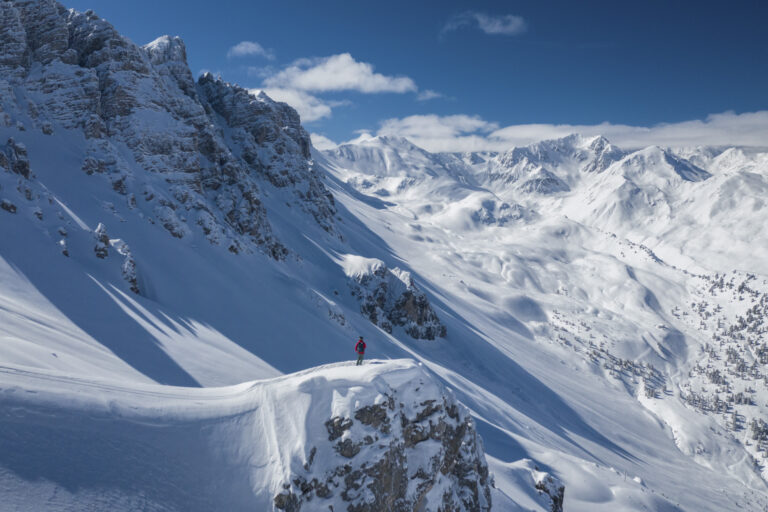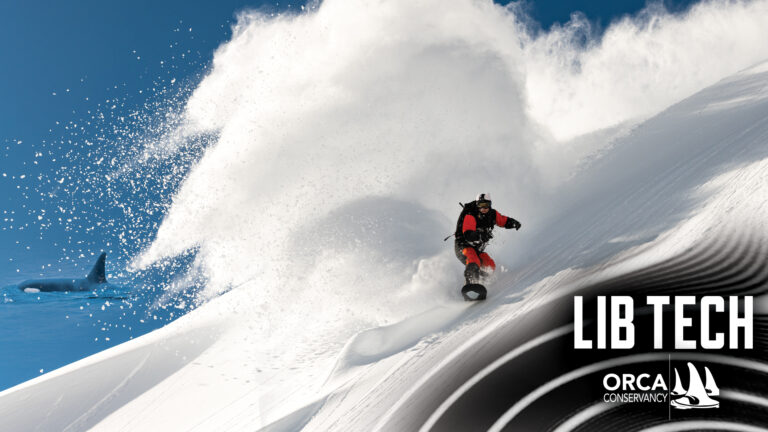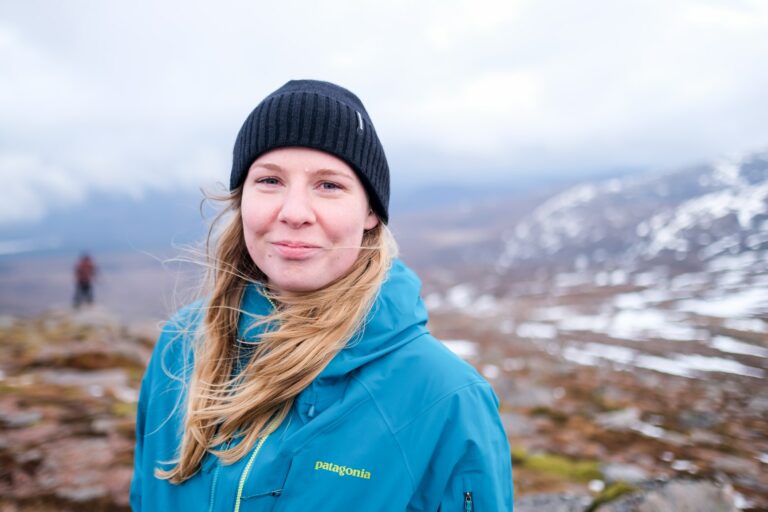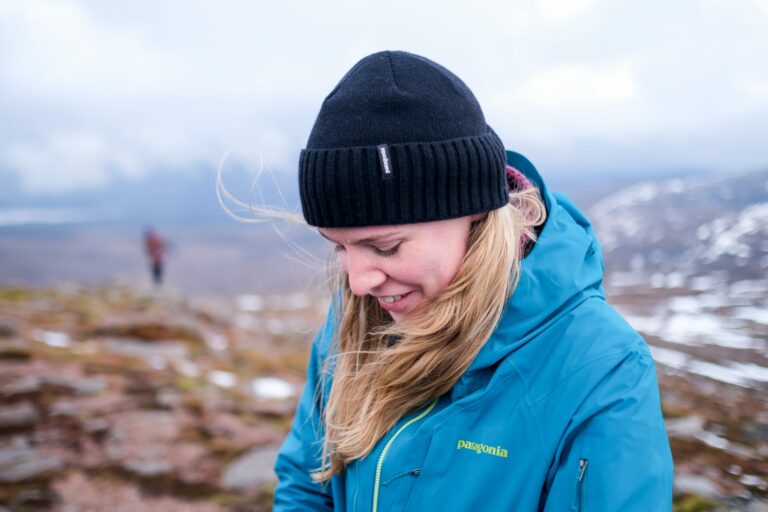In Laax sustainability isn’t just a buzzword they throw around for brownie points, they’re actually committed and dedicated to trying to create the smallest possible ecological footprint from their business activities. Laax developed the Greenstyle program in 2010 and have been steadfastly pursuing their environmental goals since then. Earlier this year at the British Championships we sat down for a green table talk with Reto Fry, the Environmental Manager at Laax to find out more about how they’re working to become the world’s first “self-sufficient alpine destination through financially viable initiatives”. Getting to the bottom of all the waffle- basically they want to be good for the environment, but not at the cost of the local economy, Laax want to focus their efforts on both of these sectors and believe that it is a feasible goal.
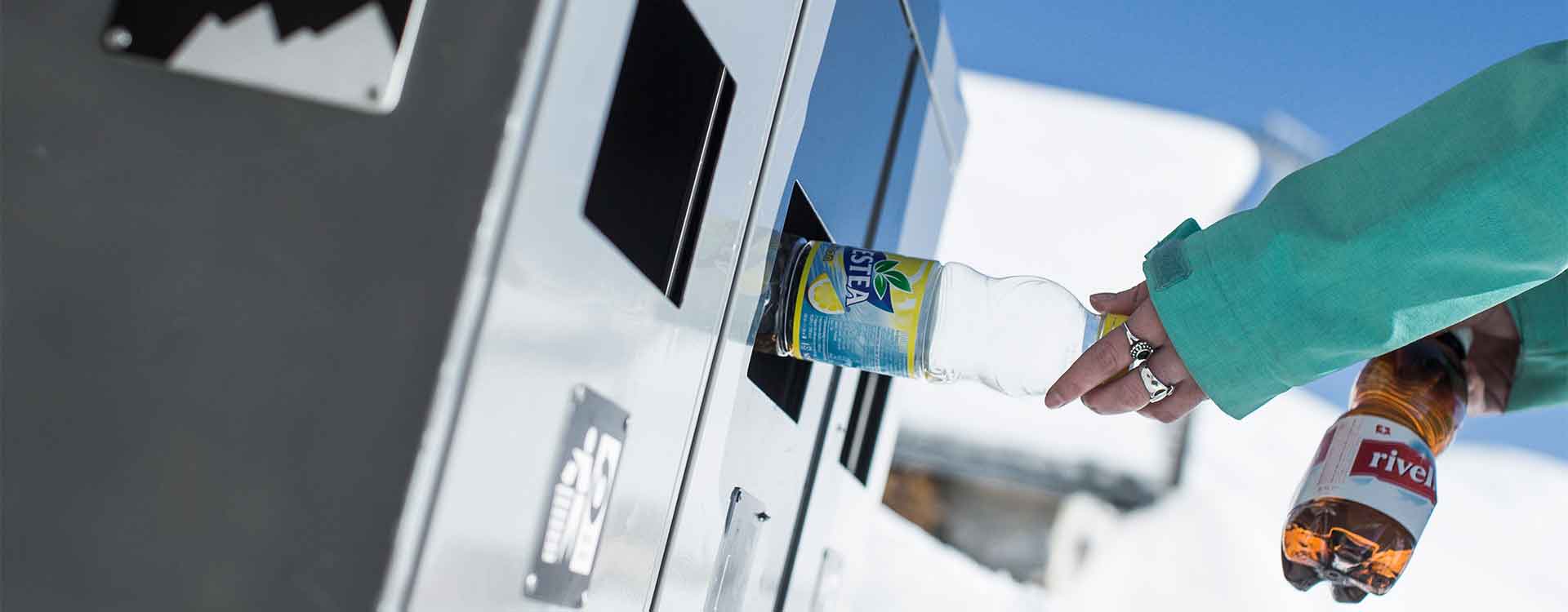
It would be naive to believe that Laax is spearheading these initiatives on a purely altruistic basis, of course in the end every winter resort is a business and they’ll always have their wallets in mind, but it would also be pig headed to think we can afford to pick and choose which environmental efforts we pay heed to. If financial gain (or less loss) is what will motivate these companies to move towards greener business models then thats what we’ll have to deal with for now.
Reto estimates that 90% of revenue for Laax is generated in just 4 months. So as the winters get shorter, or start to disappear all together, then the locals are going to start to suffer financially. With temperatures in the Alps rising twice as fast as the global average over the last 120 years, it’s not a case of if, but when. We as consumers have to make resorts like Laax the norm if we want to have any hope of going for a spring shred with our alien overlords in 2050.
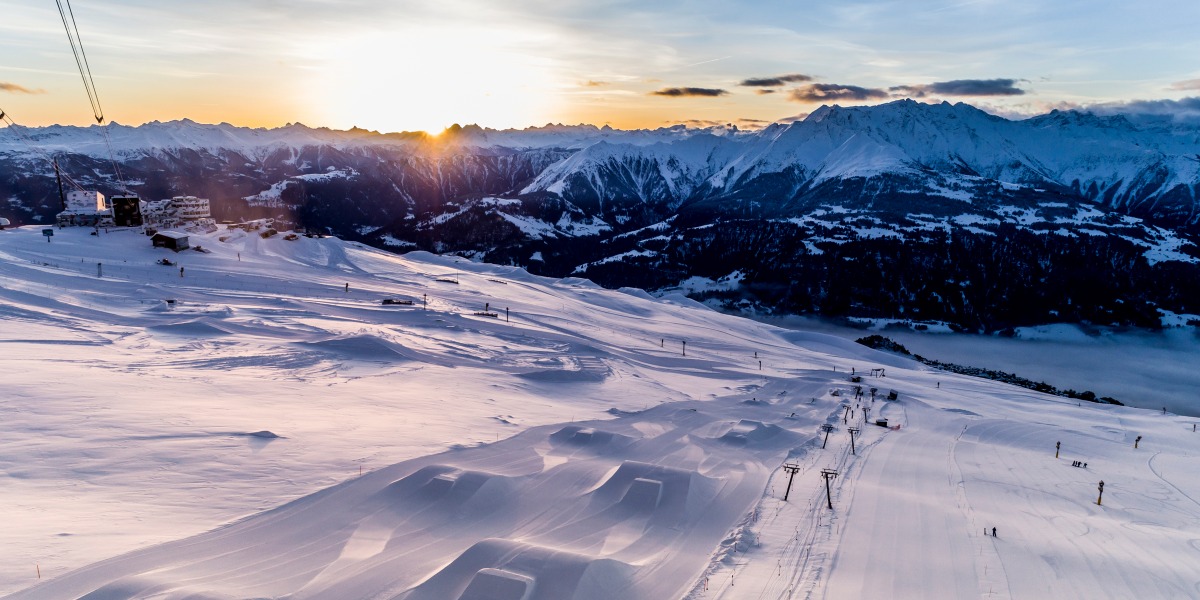
“100% of the energy requirements for Laax come from CO2 neutral sources”
So how is Laax making moves towards becoming less of a drain on its natural resources? Already 100% of the electricity requirements for Laax come from CO2 neutral sources, and a large proportion of that is generated locally. Around 25% of their power comes from solar panels, and a lot is sourced via the “Sinfonia d’aua” in Flims which generates enough hydroelectric energy to power the areas surrounding the cable cars.

